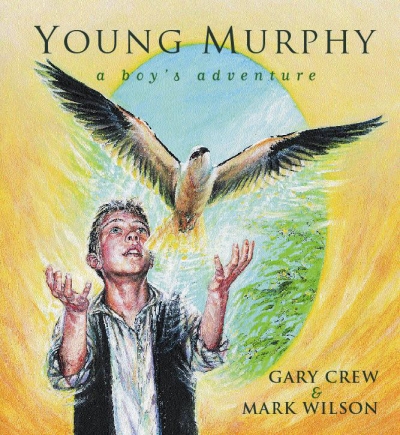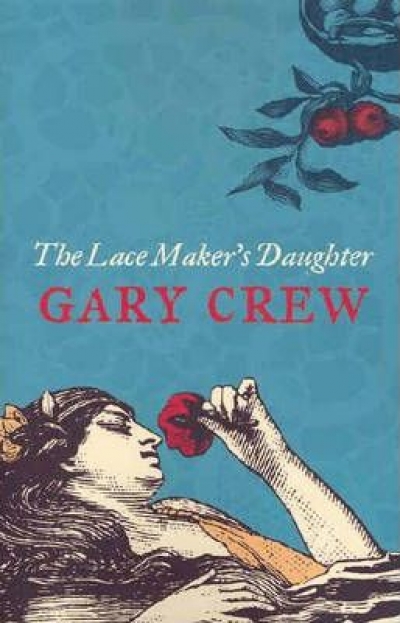Gary Crew
Written and illustrated by Shaun Tan, The Lost Thing (2000) prompts readers to ask: ‘Who is this book for and what does it mean?’ Tan, in a personal email to the author, himself confesses that the work is a fable ‘about all sorts of social concerns with a rather ambiguous ending’, while the unnamed narrator of the story nonchalantly confesses: ‘do ...
Young Murphy by Gary Crew, illustrated by Mark Wilson & 101 Great Killer Creatures by Paul Holper and Simon Torok, illustrated by Stephen Axelsen
The Lace Maker's Daughter by Gary Crew & The Never Boys by Scott Monk
Strange Journeys: The works of Gary Crew by Bernard McKenna and Sharyn Pearce
It is the often hapless task of the reviewer to draw together observations on the aspirations and creations of up to six people into a seamless and riveting piece of critical prose. Sometimes it is just not possible, as is the case here, when all these three books have in common is that they are picture books, and will probably be found somewhere near each other in a bookshop or library.
... (read more)




